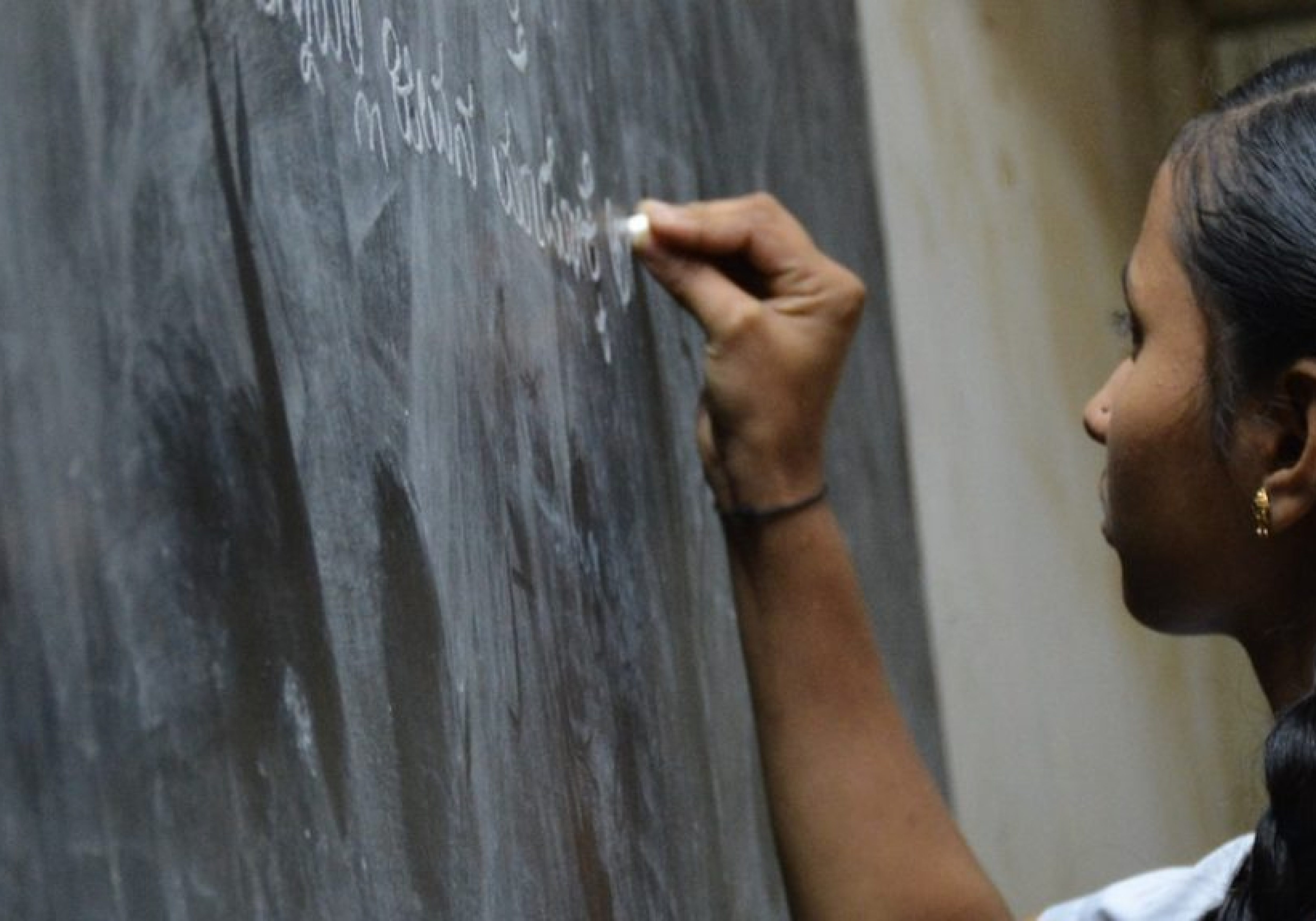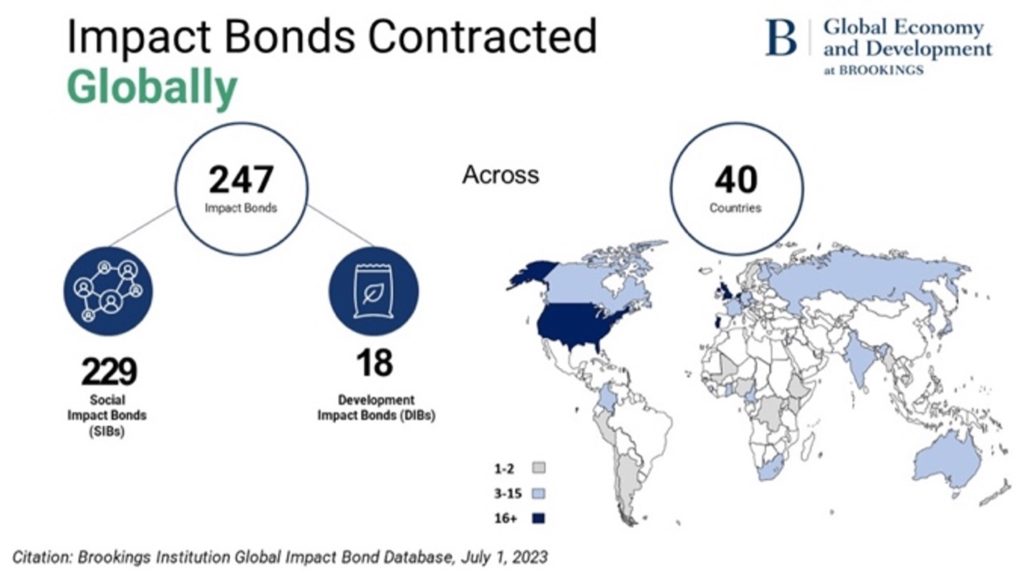
Building a career with impact in CSR
Creative and ambitious people that can help businesses shape and deliver their CSR agendas are in demand, says Lakshmi Woodings. Discover what careers in CSR involve and the skills you’ll need to succeed


Developing countries face a lot of challenges when it comes to economic growth and development, especially in relation to marginalised communities. For example, almost all developing countries have a mismatch of functions and finances in their federal structure, whereby the revenue generated by the government through taxation and other sources are insufficient to fulfil the exceeding demand for social challenges like unemployment, poverty, healthcare and education.
To address this gap and tackle the social issues with a flow of funds, a new financing model was developed in the UK in 2010 called the ‘development impact bond’. Development impact bonds (DIBs) are a cutting-edge method for allocating corporate funds to finance accessible housing, healthcare and education for all through government projects. The investor’s return on DIBs is based on social outcomes and these are highly dependent on the implementor of individual projects (often, government bodies) and can therefore look like a risky investment vehicle.
Theoretically, DIBs may not even be construed as ‘bonds’ but instead as a type of contract or commitment for future social outcomes. Historically, very few countries across the world have introduced such bonds and, as of July 2023, the use of these bonds globally is very sparse (please see the image below). However, here is a look at four DIBs that have been introduced and implemented in India.
In 2015, the first DIBs were first introduced in India, with UBS Optimus Foundation as the primary investor ($270,000 investment) and the Children’s Investment Fund Foundation as the result payer.
The funds raised were used in India’s education sector with an emphasis on girls’ education, which successfully enhanced literacy and numeracy for children’s education by 160 per cent and for girls’ education by 116 per cent, according to the final report by Golab.
Girls’ education students in the project’s Educate Girls (EG) schools improved by an average of 1.08 learning levels, or 28 per cent and 0.31 standard deviations, compared to students in control schools. A total of 768 out-of-school girls had been enrolled by EG by the end of the three-year programme, accounting for 92 per cent of all identified out-of-school schoolgirls who were eligible for enrolment. In this way, EG outperformed its enrolment goal of 79 per cent by 16 percentage points.
After the successful conclusion of this project in 2017, the government of India, New Delhi and the United Nations General Assembly launched a larger project in 2018 – the Quality Education India DIB. This project focused on improving on primary school education following an increase in the enrolment of children. It managed to outperform its target of enhancing students’ learning even after the impact of pandemic.
Meanwhile, the Utkrisht Impact Bond, the world’s first DIB supporting maternal and newborn health was issued in November 2017, with the aim of reaching more than 600,000 pregnant women and newborn babies in the Indian state of Rajasthan. According to the Golab report, this DIB helped improve facilities and more specifically, improving the prediction of a toll that tracks changes in mortality due to maternal and child health interventions known as the Lives Saved Tools. In total, facilities that met the quality standards set by the DIB were predicted to prevent approximately 13,449 maternal and neo-natal deaths across 405 private healthcare facilities in Rajasthan by 2023.
Lastly, a Skill Impact Bond was initiated in October 2021 with the aim of imparting unemployed youths with the required skills to access waged employment in pandemic recovery sectors, such as apparel, logistics and retail. This DIB project is ongoing and aims to benefit around 50,000 youths in India over 4 years, with a targeted gender split of 60 per cent women.
DIB: Skill Impact Bond, 2021
Duration: Ongoing
Sector: Skills and employment development
Size of investment: $4 million
DIB: Quality Education India, 2018
Duration: Four years
Sector: Education
Size of investment: $3 million
DIB: Utkrisht Impact Bond, 2017
Duration: Three years
Sector: Health
Size of investment: $2.9 million
DIB: Educate Girls, 2015
Duration: Three years
Sector: Education
Size of investment: $270,000
The target population for these DIBs has mostly been lower-income groups, individuals or those living in undeveloped areas, with women and youth of particular consideration. Indeed, one of the fundamental grounds for adopting DIBs is that, traditionally, the majority of governments, donor organisations and foundations have supported the provision of services based on inputs or procedures. While they release funds gradually as per the contract, a project’s success is critical for the continued commitment of investors who analyse the impact of their funding.
For this reason, it is important to develop measurement standards for DIBS, so that corporates are motivated to sign up and support this category of bonds on a sustained basis. To date, it has not been possible to demonstrate the impact of this type of funding beyond numbers, which is a partial success indicator at best.
Buy-in for impact bonds and the complex negotiation processes that lead to projects’ implementation take time and money. To develop internal expertise, businesses and governments will therefore have to invest money in studying how impact bonds work in the long run. Outcome-focused funding organisations may also have reservations about the cost and effort involved in setting up an impact bond.
In short, DIBs in India need to be streamlined to encourage investors and charitable organisations to invest in social impact programmes. DIBs are a relatively new and promising financial tool that can be used to improve the lives of people and communities that are in need around the world. They can be used both in developing countries and in developed countries, where they can help manage the needs of aging populations, those who are homeless and other marginalised communities. However, it is because DIBs are relatively new that they require more awareness and guidance so that corporate donors will sit up, take notice and commit to them in the long run.
Headline image credit: Nikhita S on Unsplash

Disha Gupta (left) is an assistant professor in finance and programme director for the bachelor’s of commerce programme at Woxsen University in Hyderabad, India.
Kakoli Sen is professor and dean of the School of Business at Woxsen University in Hyderabad, India. She teaches and trains in the areas of organisational behaviour, human resource management and leadership.


Creative and ambitious people that can help businesses shape and deliver their CSR agendas are in demand, says Lakshmi Woodings. Discover what careers in CSR involve and the skills you’ll need to succeed

As an impactful business school, adopting a responsible approach to business management is essential, for both the institution and its students alike. In this article,

Drawing on Apple and Patagonia as examples, The University of Law Business School’s Stuart Ailion considers the merits of strategies that combine ethical outlooks with profit making
For questions about editorial opportunities, please contact:

